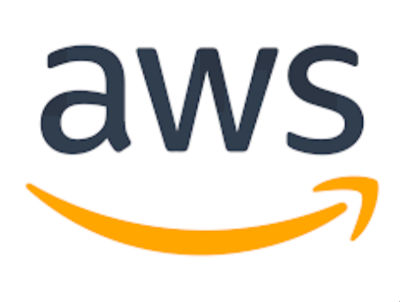-
Enforce resource tagging on AWS using an IAM policy
2 min read
It is good practice to tag all the resources on AWS to be able to better keep track of them: Using these tags we can have a better understanding of where we are spending our money into. So, we might want to enforce tagging to the resources: This is something we can achieve using an IAM policy
21/12/2021
Read more... -
Network policies on Kubernetes
2 min read

Network policies are objects that allows you to control the flow of connections to and from pods. By default all pods are completely open to all communications, but as soon as a pod is selected by a policy, it is no longer be considered open: just the connections allowed by the NetworkPolicy will be allowed
20/12/2021
Read more... -
docker: Finding an alternative to the ps command using the /proc filesystem
2 min read
On some container we might find the nasty surprise that the ps command is no available:
$ ps sh: 1: ps: not foundIf we need to check the processes (and it's arguments) we'll need to resort to the /proc filesystem
16/12/2021
Read more... -
Install longhorn on a K3S cluster
3 min read

Longhorn is a highly available persistent storage for Kubernetes. It implements distributed block storage using containers and microservices creating a dedicated storage controller for each block device volume and synchronously replicating the volume across multiple replicas stored on multiple nodes. It might sound intimidating, but it's very straightforward to install
13/12/2021
Read more... -
AWS CLI: Decode authorization message
2 min read

When a user is not authorized to perform a certain operation on the AWS API, a HTTP 403 is returned (Client.UnauthorizedOperation) and may include encoded message that provides additional details about this authorization failure. This encoded message can be decoded using aws cli
08/12/2021
Read more...